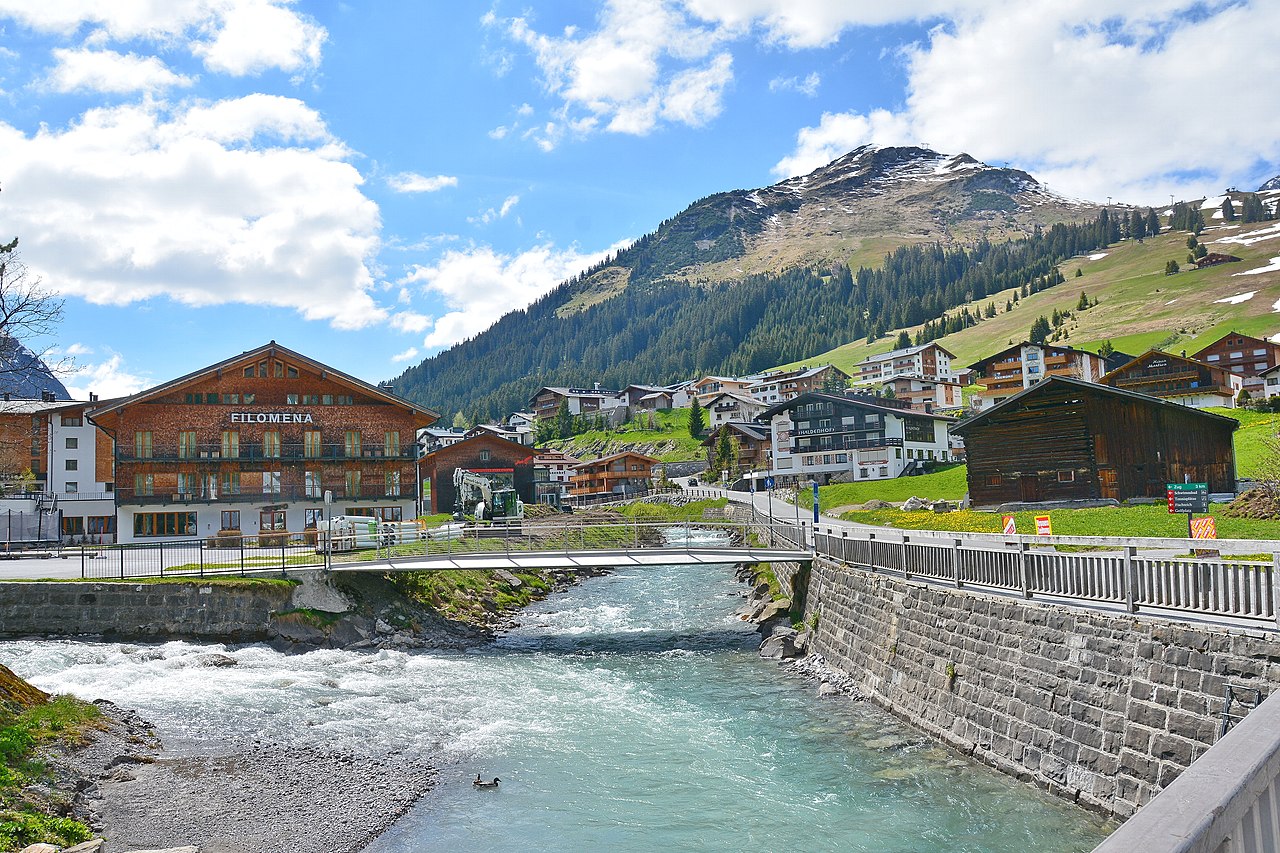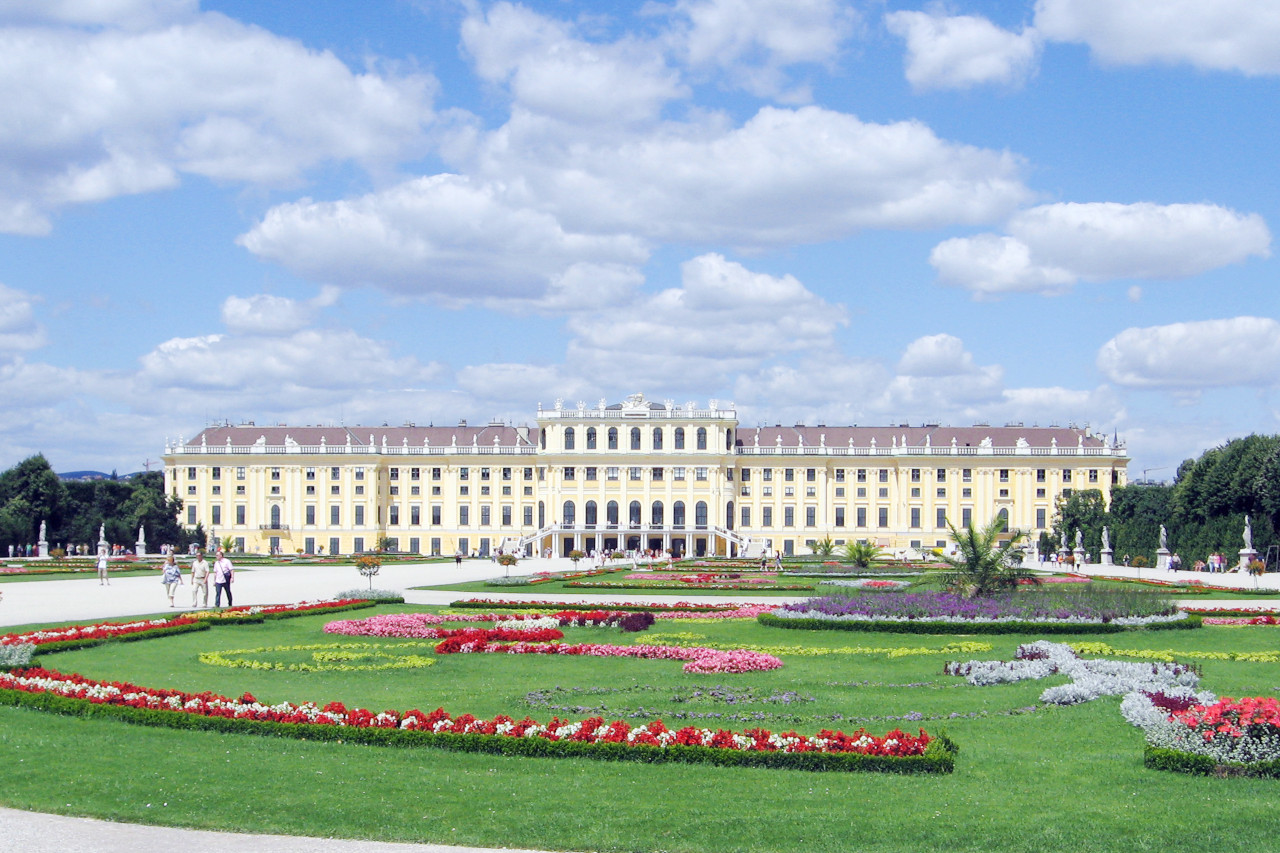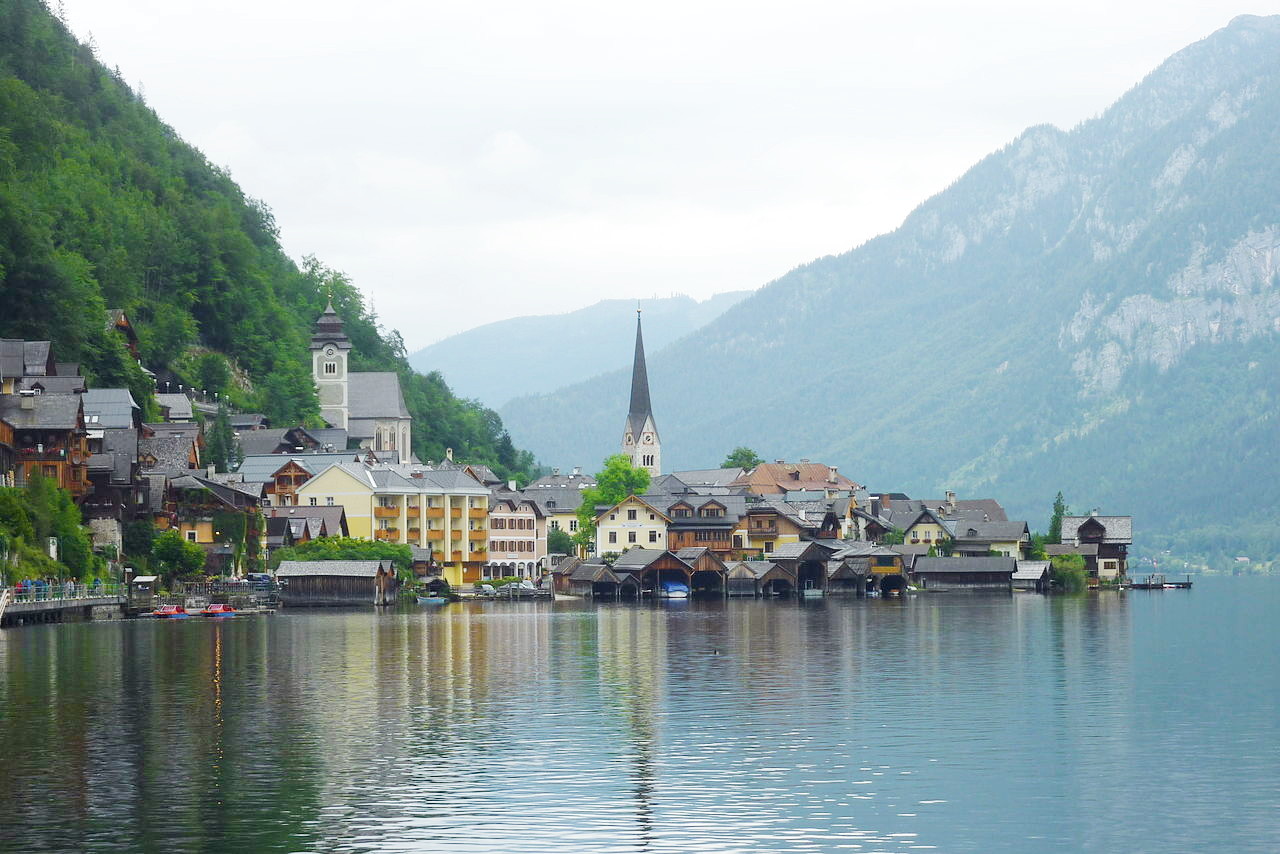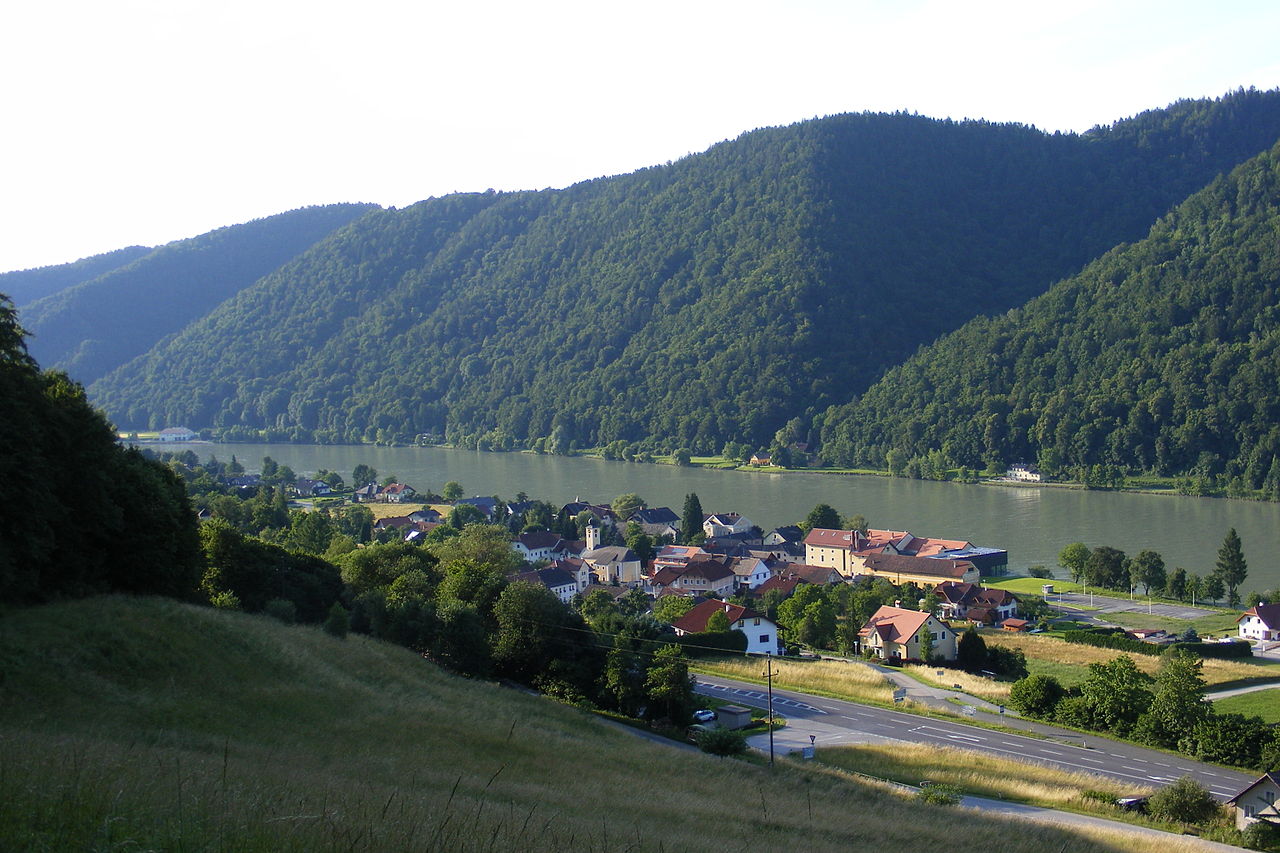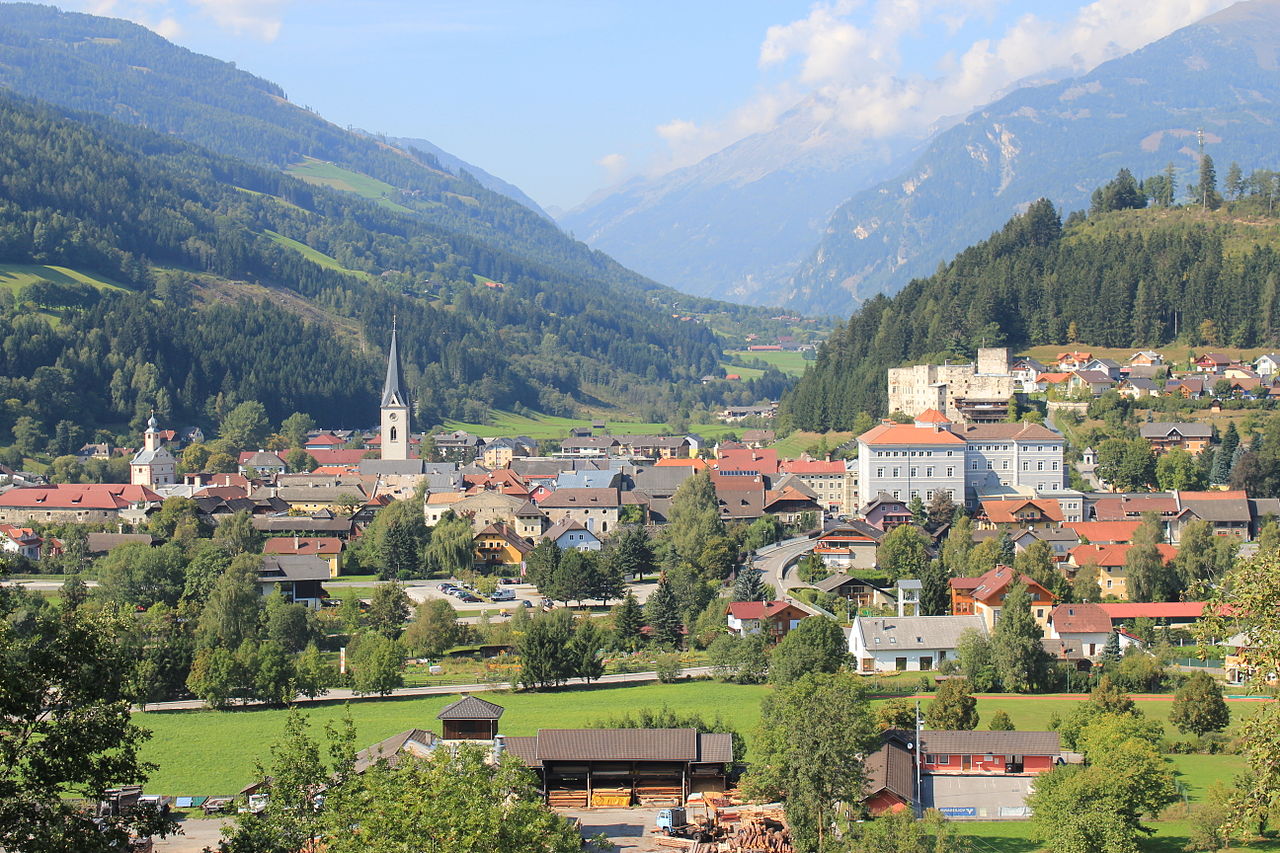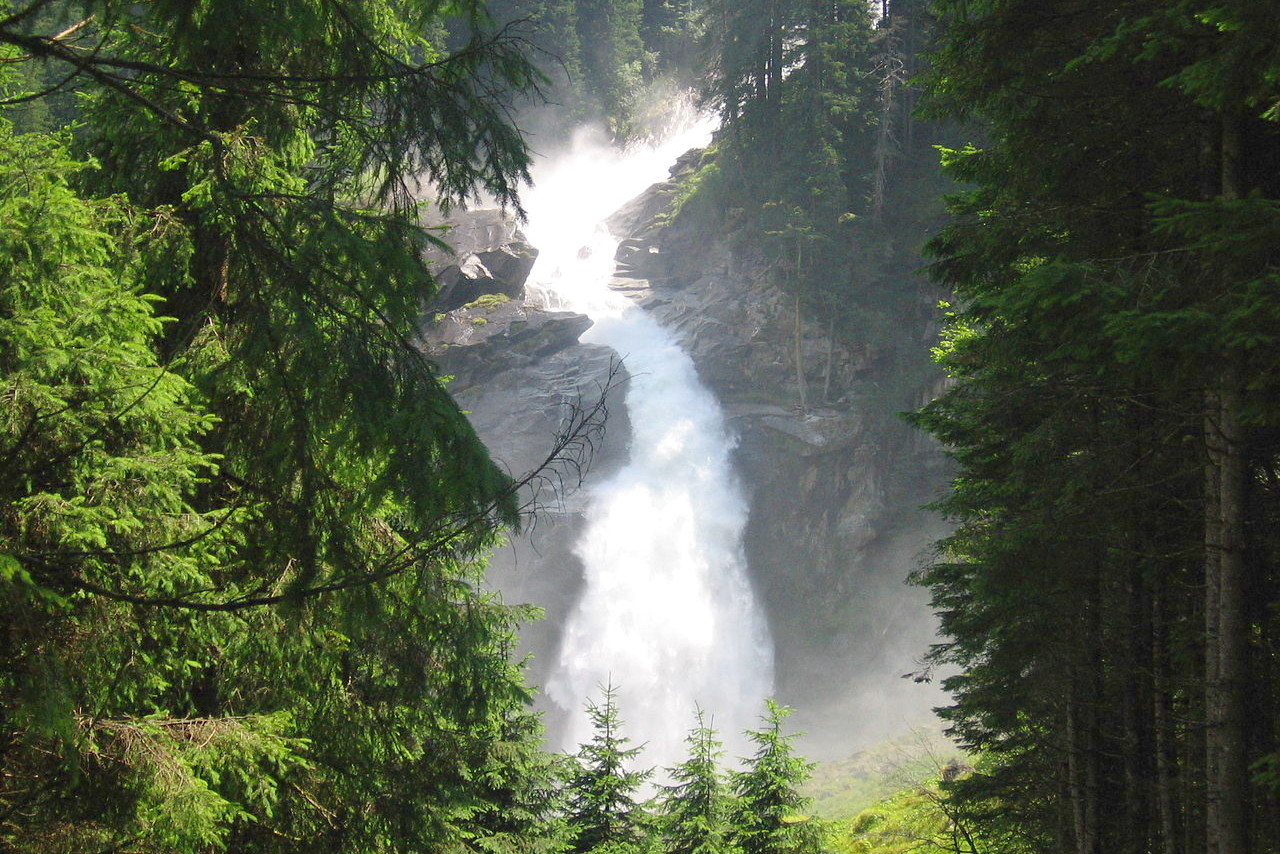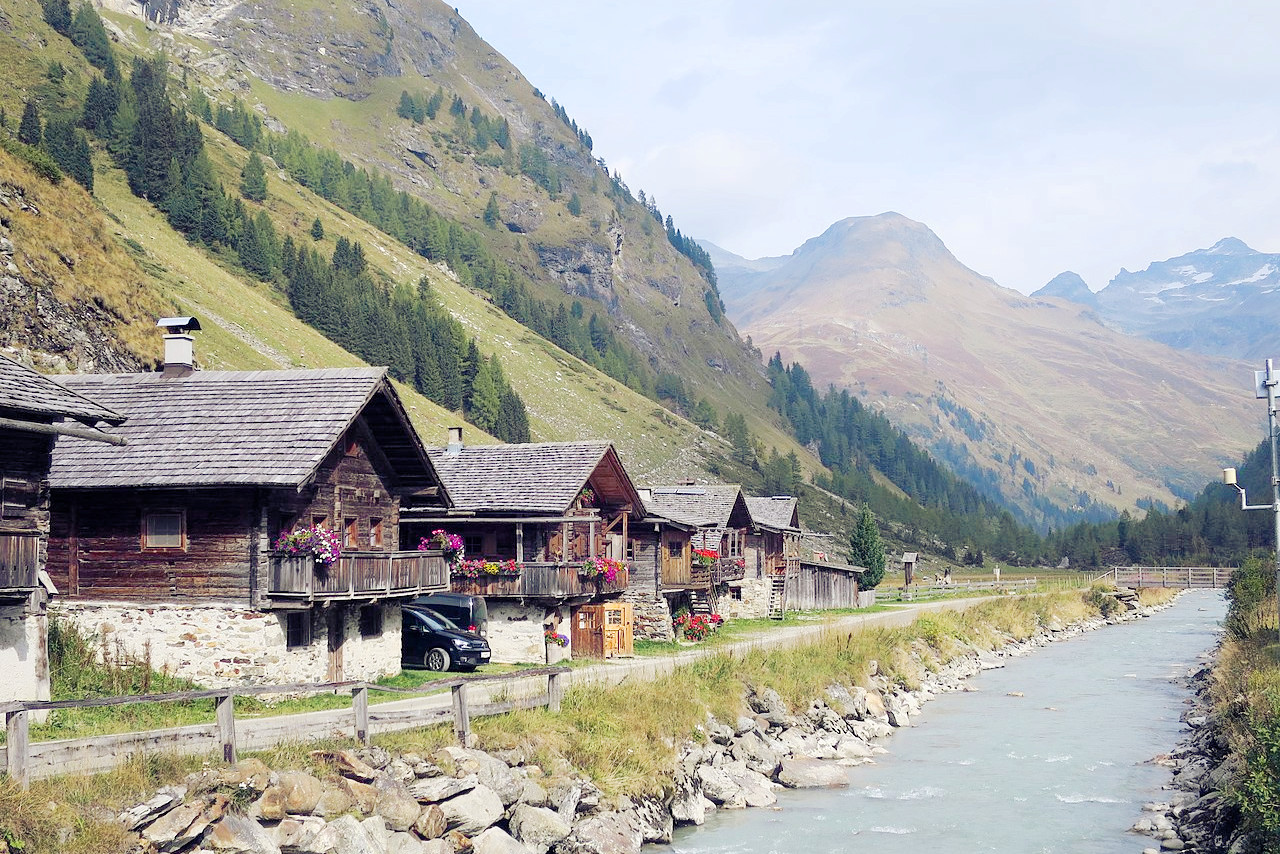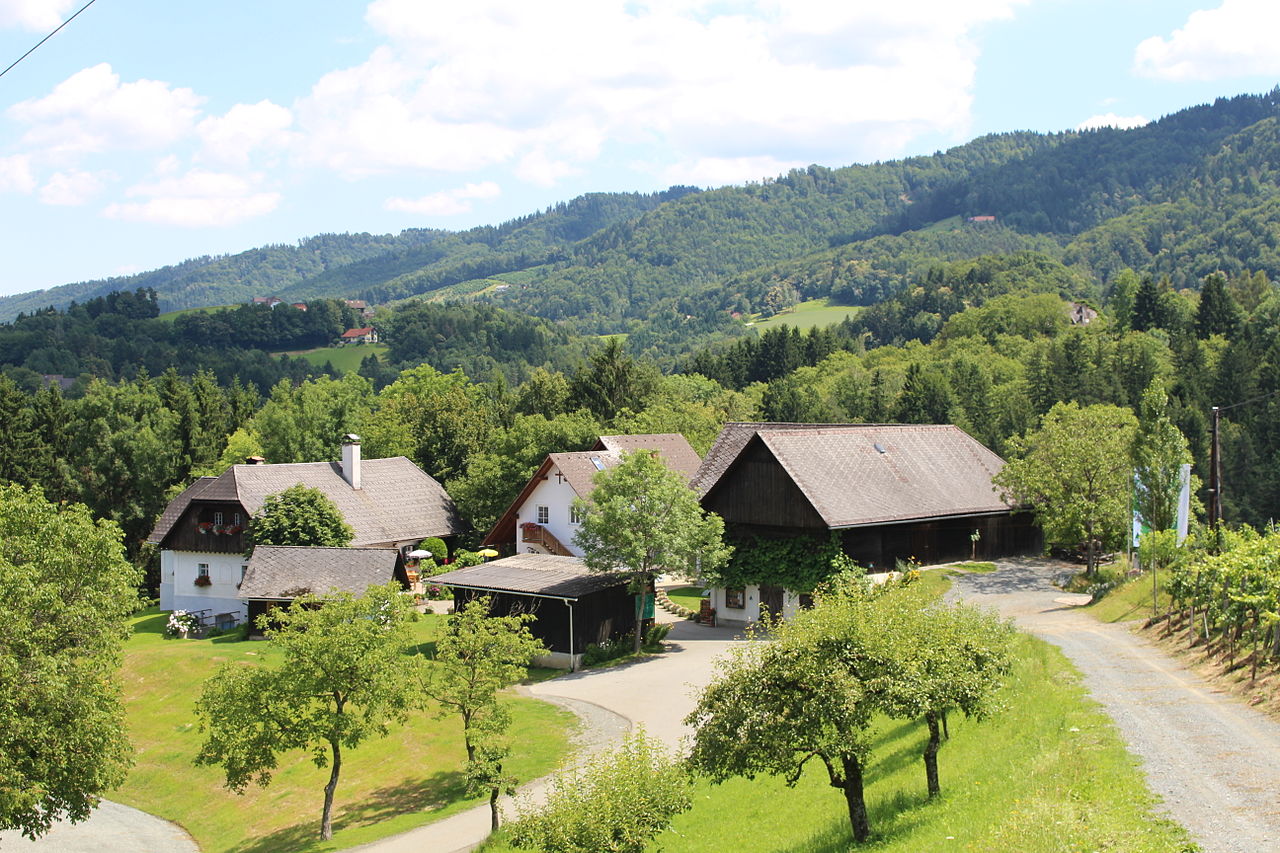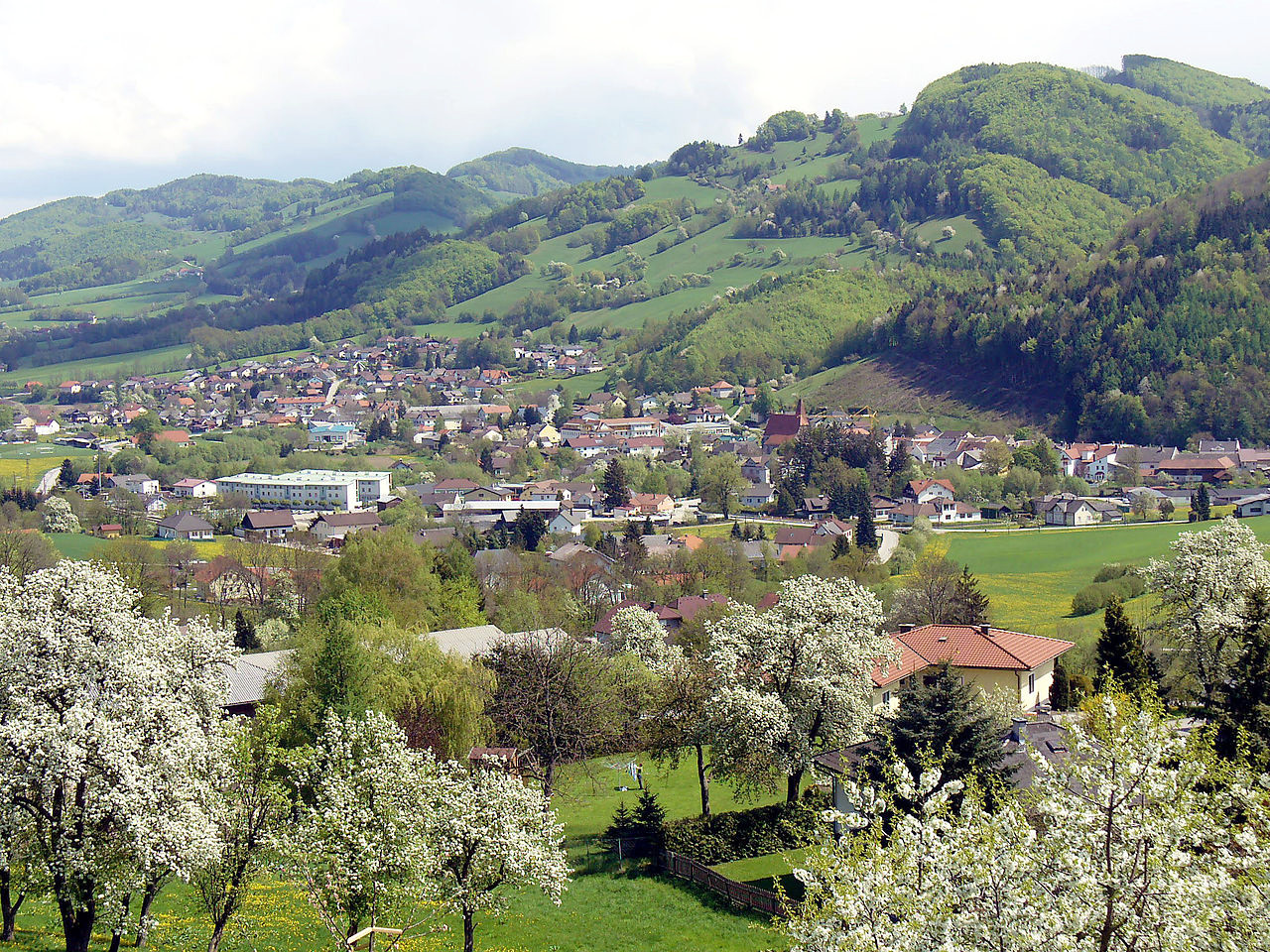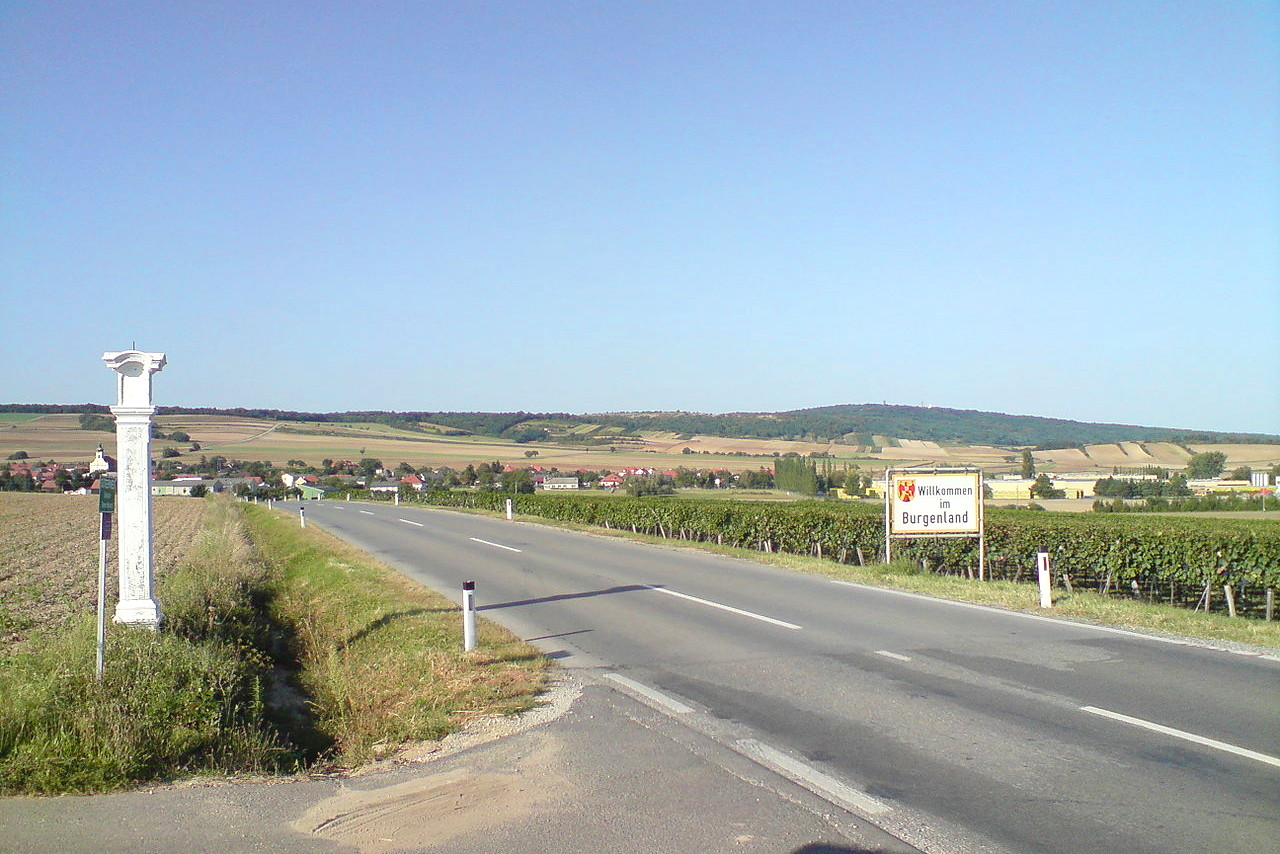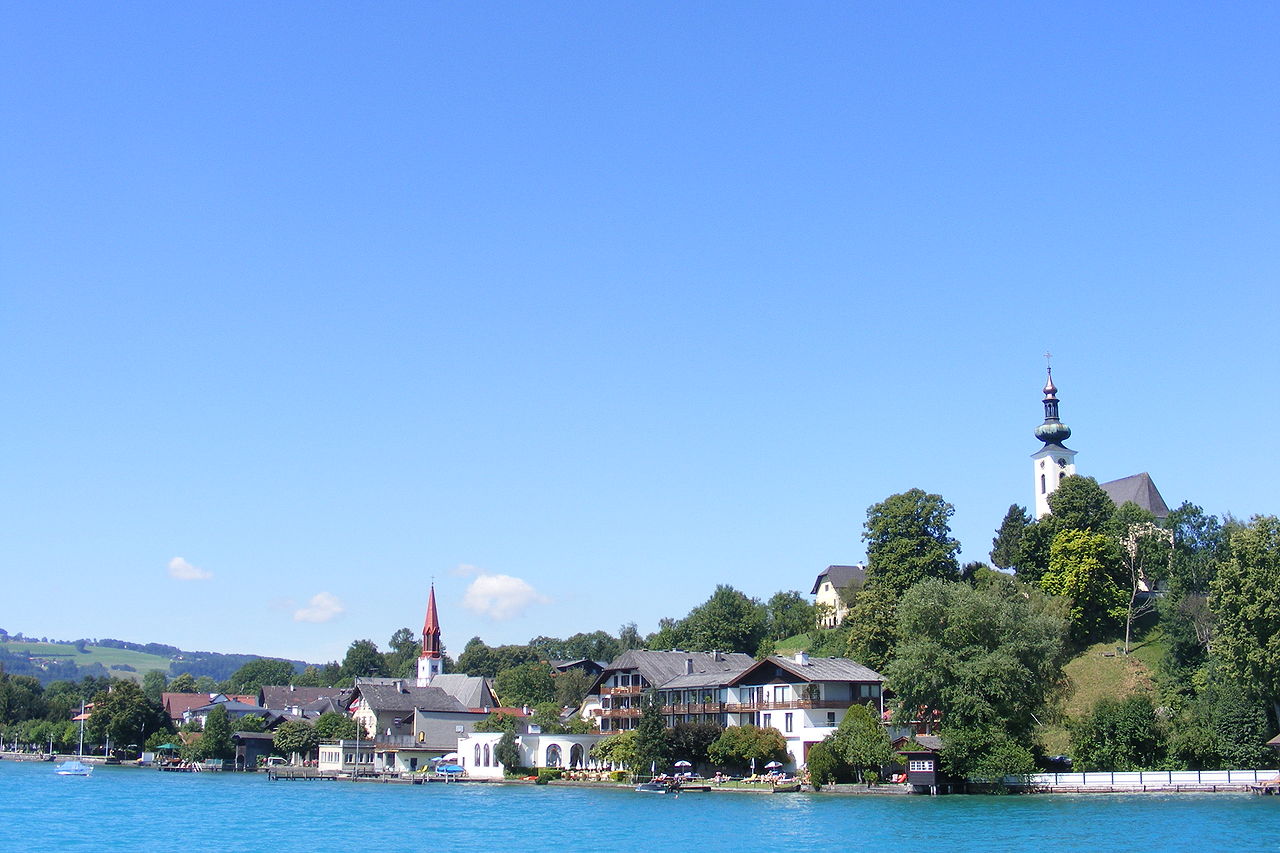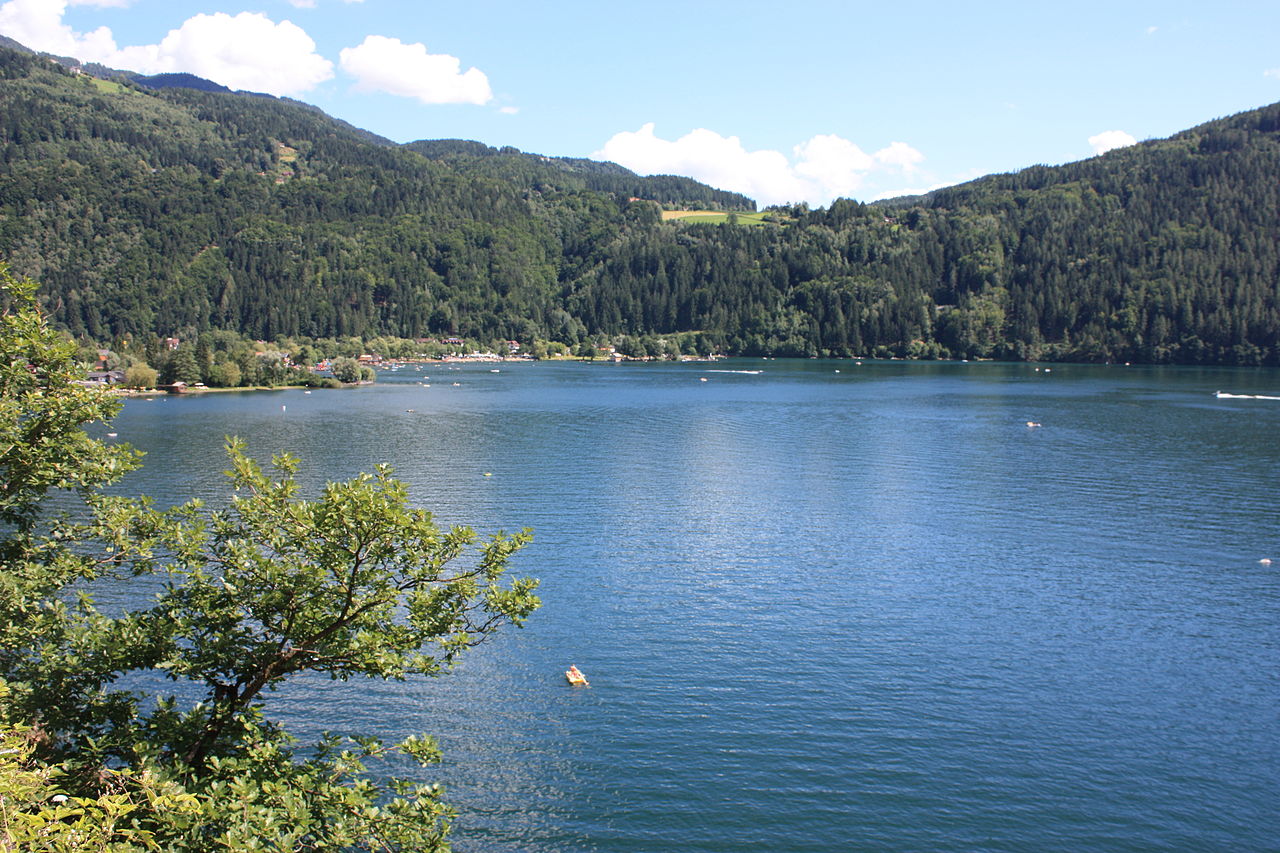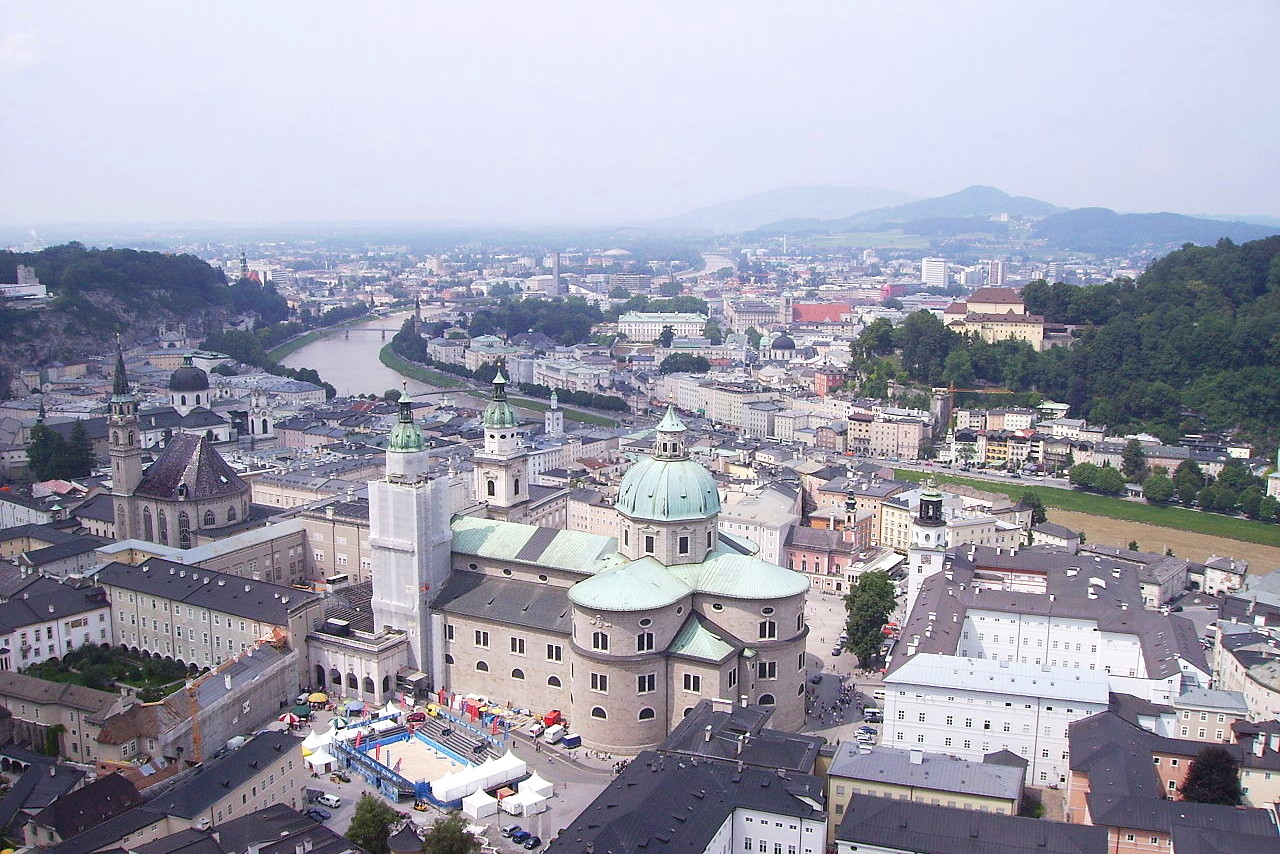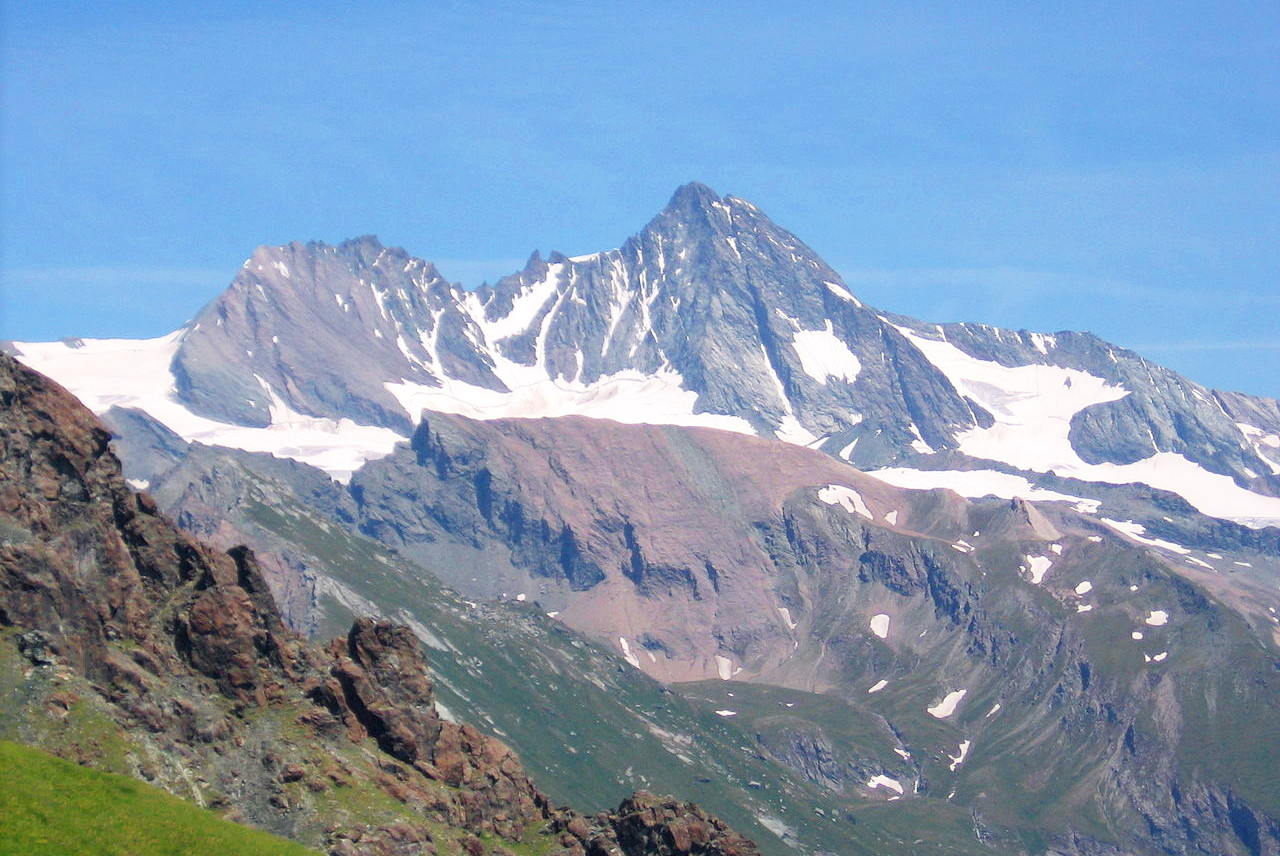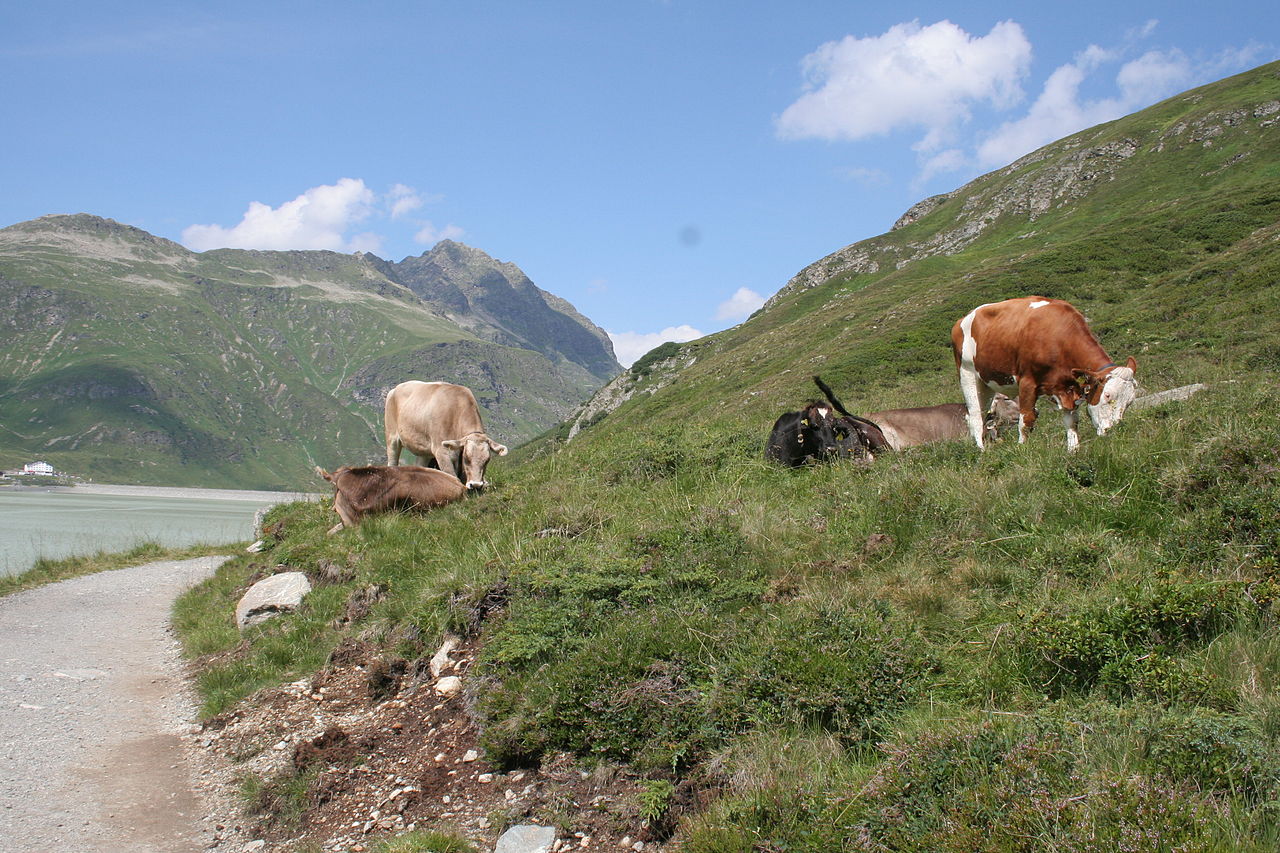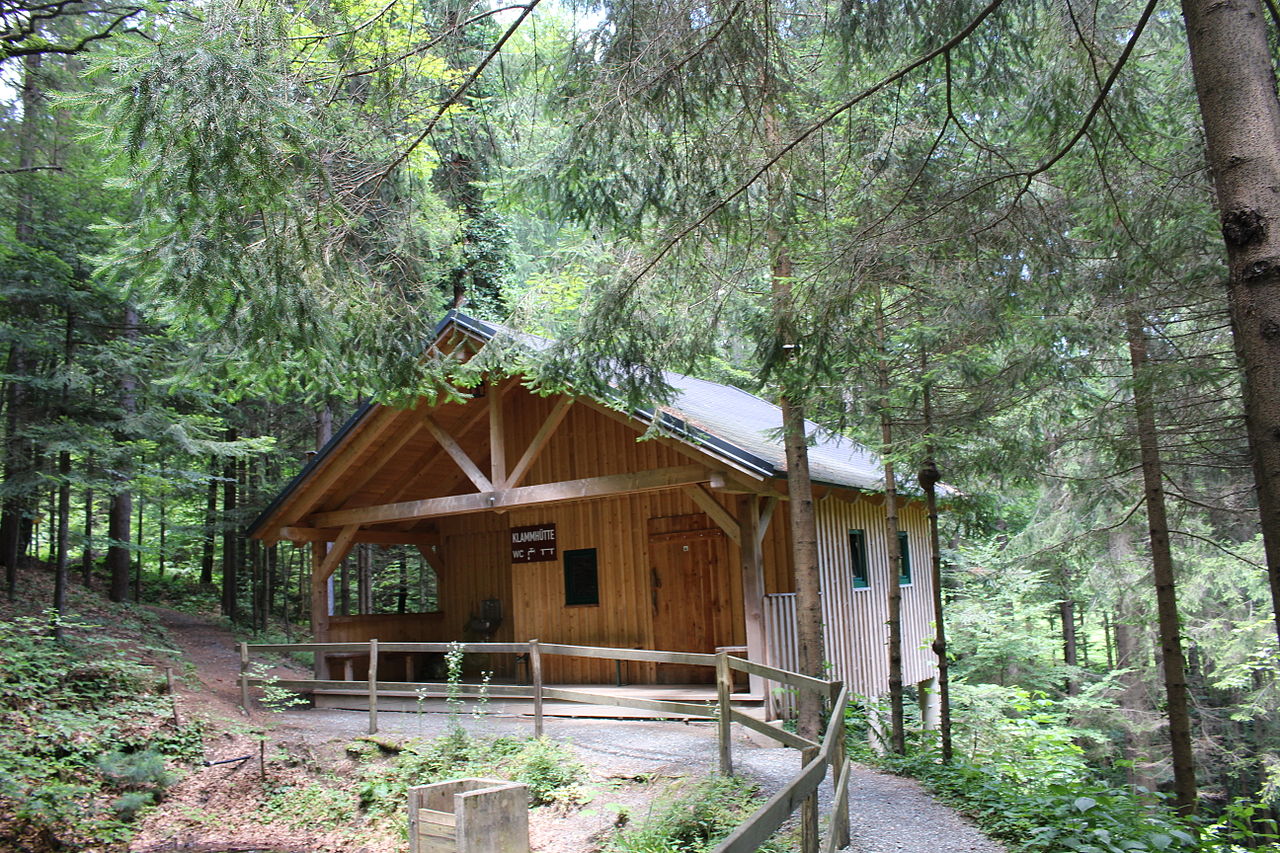The Geography of
Austria
Why visit Austria?
Austria has one of the most spectacular landscapes in the world. The beauty of its scenery is legendary, drawing visitors in summer for mountain and lakeside walking, and in winter for skiing. Austria is geographically a small country, and yet for elegance and sheer joy of living, Vienna is the equal of any capital in the world. Music and art play an extremely important part in the cultural life of Austria, and the visitor will have unrivalled opportunities to enjoy them.
Map
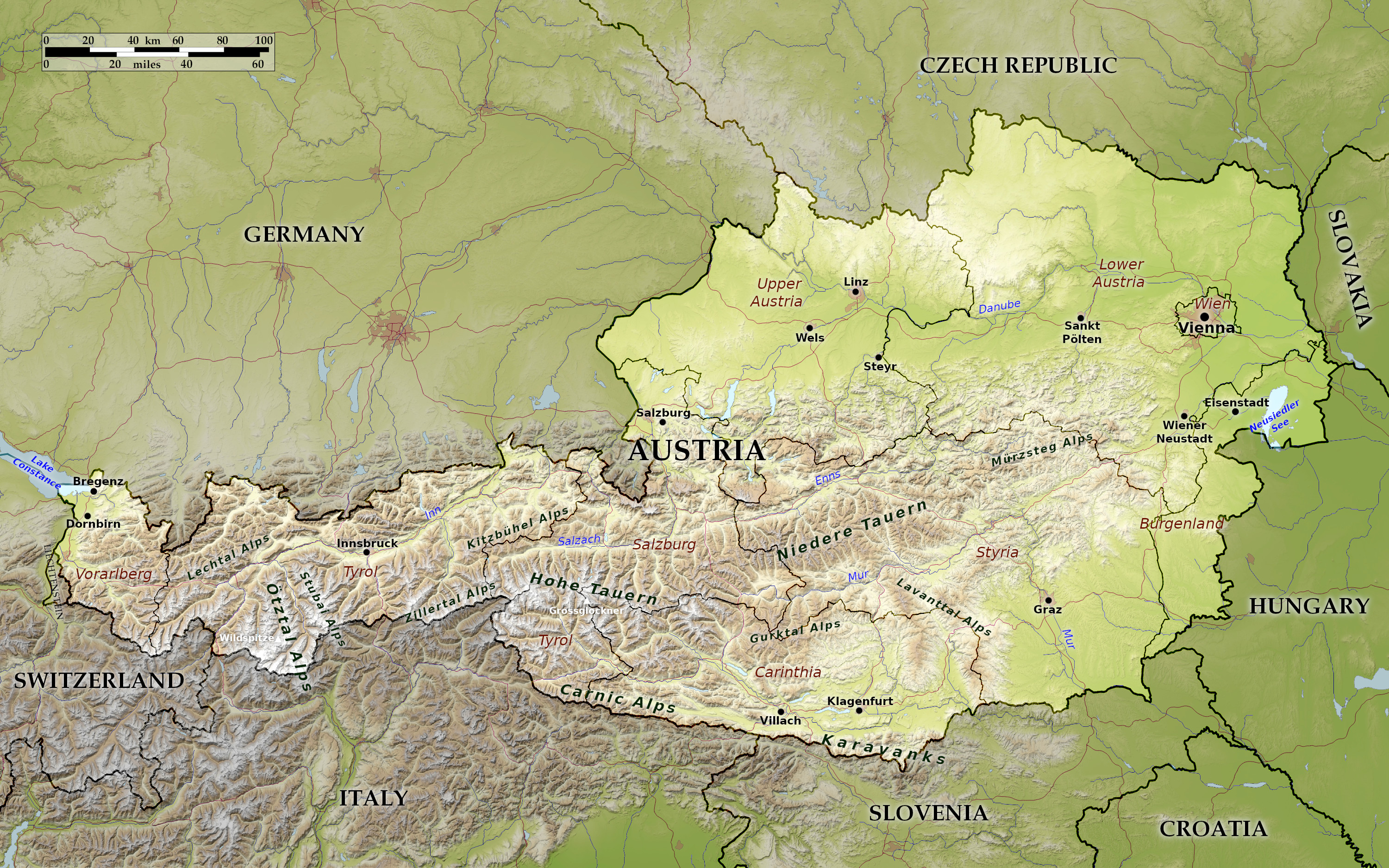 Relief map of Austria
Relief map of Austria
What is the landscape of Austria like?
Beautiful in all seasons, Austria has a strategic location in the Alps, at the crossroads of Central Europe, with many easily traversable passes and valleys. It enjoys a pan-European attitude to the world, embracing the surrounding cultures. The capital, Vienna, was the jewel in the crown of a cosmopolitan European empire.
Lowlands
The northern and eastern parts of Austria are mostly gently sloping hills and flat plains. The eastern lowlands are where Austria's population is concentrated, but a great deal of the countryside remains as unspoiled woodland.
Lower Austria (Niederösterreich) is the cradle of the Austrian nation. It was heavily fortified in the middle ages and ruined castles still dot the landscape today. The city of Vienna (Wien) is filled with ornate palaces and churches, which, together with its museums, make it the cultural capital of central Europe.
In the southeast is Burgenland where the Hungarian Plain begins. Here is the Neusiedlersee, a large but extremely shallow lake—less than two meters (seven feet) deep. In hot summers it almost disappears; whereas in cold winters it freezes over completely and becomes a huge ice rink. It is also famed as a nature reserve and bird sanctuary.
Upper Austria (Oberösterreich) borders Bavaria and Salzburg and is a great farming region. It is home to the beautiful Salzkammergut, a hilly central district noted for its lakes and picturesque towns, and quite possibly the loveliest of all Austria's scenic landscapes. Some of the largest and most beautiful lakes, such as Attersee, Traunsee, Mondsee and Hallstättersee, can be found here. The town of Hallstatt is a contender for the most beautiful lakeside village in the world.
The the defining feature of this region is the river Danube (Donau), the second-longest river in Europe. It one of the great river systems of the world, flowing for 1,770 miles (2,849 kilometers) from the Black Forest in Germany to the Black Sea. It is a major transport route between eastern and western Europe, allowing river traffic to travel freely across Europe.
Central Austria
Styria (Steiermark) is the known as the "Green province" of Austria. Thick forests cover about half the province and fields and vineyards cover almost another quarter. The regional capital, Graz, is Austria's second city after Vienna and long its political and cultural rival.
The most southerly province is Carinthia (Kärnten), an Alpine province. Popular in summer, it enjoys a warmer, more consistent summer temperatures than the rest of the country, and is home to over 2,000 lakes. Most popular are the four largest lakes—Wörthersee, Millstätter See, Ossiacher See, Weissensee.
Salzburg is the province at the heart of the country. Beautiful lakes and small towns surround Salzburg showcasing the rural beauty of Austria. The province includes the Krimml Falls, one of the largest waterfalls in Europe. The principal city, Salzburg, is a city rich in history with gorgeous Baroque churches. It is known the world over as the birthplace of Mozart, and is noted for its museums, musical performances, theatres and festivals.
Western Austria
The magnificent Eastern Alps dominate the landscape of western Austria. which are a major attraction for tourists all year round. The abundant ski slopes make this a winter sports venue for visitors from all over the world. Tyrol is a unique province known for snow-covered mountains, winter sports, folk customs and tourism. Boasting daunting mountain peaks, its capital, Innsbruck, is a major winter-sports destination. The highest mountain—Grossglockner—measures at a respectable 3,798 meters (12,460 feet).
Vorarlberg is Austria's most westerly province. It lies between the Bodensee and Arlberg Pass. Before the construction of the Arlberg tunnel in 1978, it was effectively cut off from the rest of the country during winter. For this reason it closely resembles a Swiss canton. In the extreme west is the Bodensee, or Lake Constance, as it is known by English-speakers, one of the largest lakes in Western Europe. It is deep and tempestuous, forming a dramatic rift in the westernmost mountains of Vorarlberg.
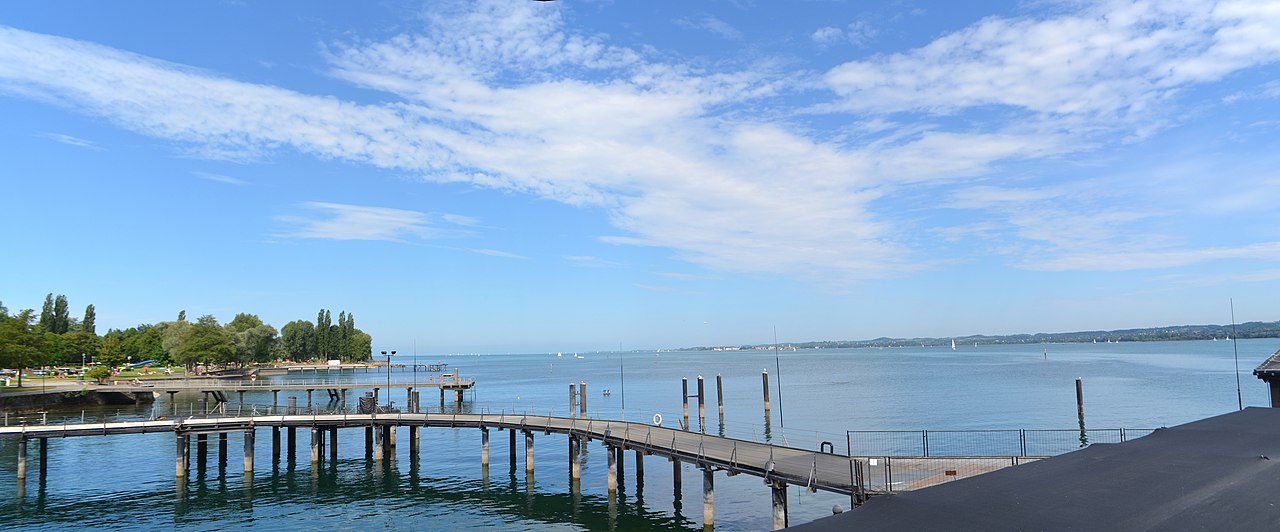 Bodensee, Bregenz
Bodensee, Bregenz
What is the nature of Austria like?
Austria is distinguished by it's green blanket of forest. Over two-fifths of Austria is covered with woodland, making it the most densely forested country in central Europe, with thick belts of spruce, beech, oak, and conifers. The mountains are frequently covered with vegetation to a great height, with forests of oak, ash, etc.; and still higher the yew and the fir braving the alpine conditions. There is great diversity of plantlife across Austria. It has flora of the plains, the hills and the mountains; an alpine flora, and an arctic flora; a flora of marshes, and a flora of steppes.
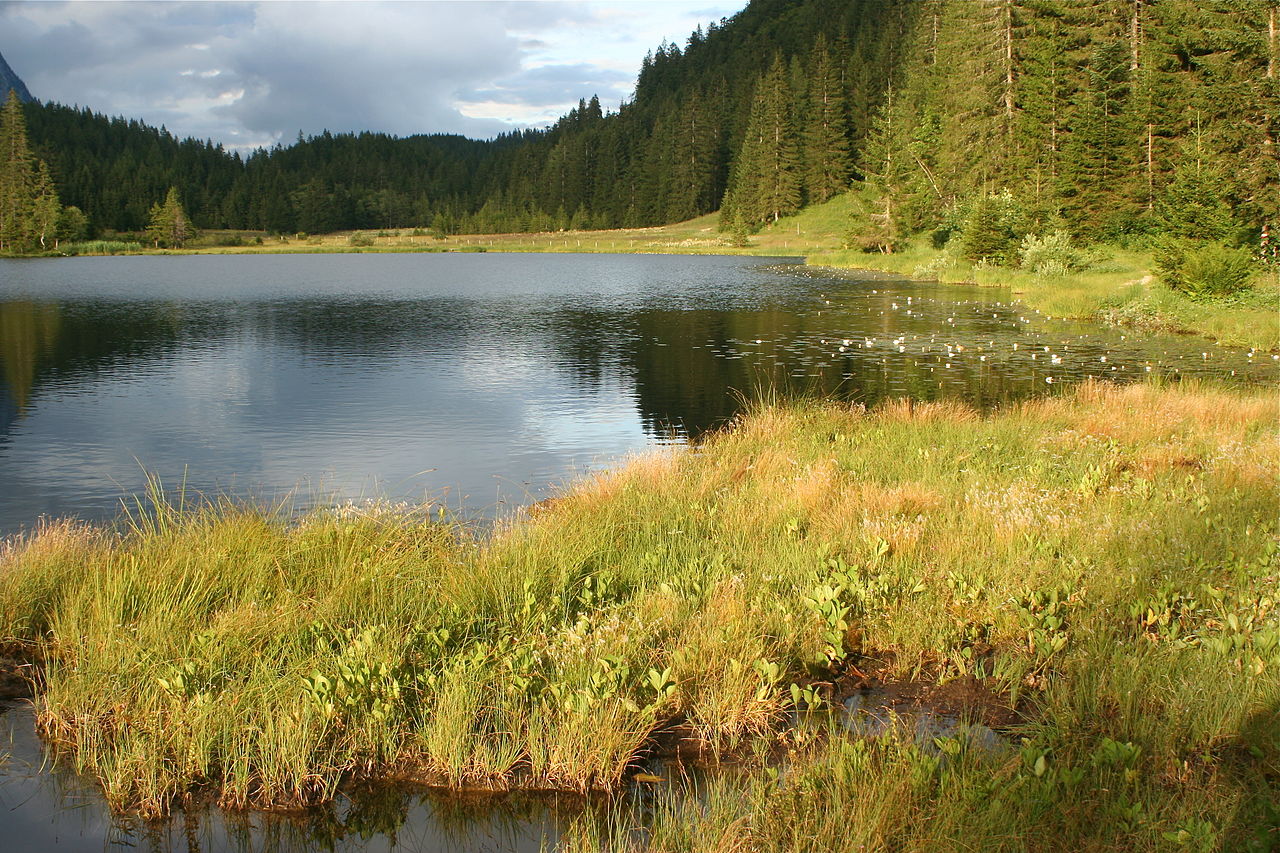 The Spechtensee, Wörschachwald, Styria
The Spechtensee, Wörschachwald, Styria
What is the climate of Austria like?
See our main article: The Climate of Austria
Austria’s climate is temperate. The winters are cold with fog, rain, and snow in the lowlands and snow on the mountains. In the fall and spring, a warm, dry southern wind called the Föhn raises temperatures in the Alpine regions. The summers are moderate, with occasional showers, and temperatures are often high, with plenty of sunshine. The southeast of the country, south of the main Alpine ranges, sometimes experiences almost Mediterranean heat and dryness. The lakes of southern Austria boast warm water temperatures in the summer months.
Rain (or snow) is heaviest in the mountains and lightest in the eastern plains. Summers are often dry, and rainfall is more likely to be heavy and thundery, and of short duration.
| Climate data for Vienna (1981–2010) | |||||||||||||
|---|---|---|---|---|---|---|---|---|---|---|---|---|---|
| Month | Jan | Feb | Mar | Apr | May | Jun | Jul | Aug | Sep | Oct | Nov | Dec | Year |
| Average high °C (°F) | 3.2 (37.8) | 5.2 (41.4) | 10.3 (50.5) | 16.2 (61.2) | 21.1 (70.0) | 24.0 (75.2) | 26.5 (79.7) | 26.0 (78.8) | 20.6 (69.1) | 14.6 (58.3) | 8.1 (46.6) | 3.6 (38.5) | 14.9 (58.8) |
| Daily mean °C (°F) | 0.3 (32.5) | 1.5 (34.7) | 5.7 (42.3) | 10.7 (51.3) | 15.7 (60.3) | 18.7 (65.7) | 20.8 (69.4) | 20.2 (68.4) | 15.4 (59.7) | 10.2 (50.4) | 5.1 (41.2) | 1.1 (34.0) | 10.4 (50.7) |
| Average low °C (°F) | −1.9 (28.6) | −1.0 (30.2) | 2.4 (36.3) | 6.3 (43.3) | 10.9 (51.6) | 14.0 (57.2) | 15.9 (60.6) | 15.7 (60.3) | 11.9 (53.4) | 7.3 (45.1) | 3.0 (37.4) | −0.8 (30.6) | 7.0 (44.6) |
| Average precipitation mm (inches) | 38 (1.5) | 40 (1.6) | 51 (2.0) | 45 (1.8) | 69 (2.7) | 70 (2.8) | 70 (2.8) | 72 (2.8) | 61 (2.4) | 38 (1.5) | 49 (1.9) | 48 (1.9) | 651 (25.6) |
| Average snowfall cm (inches) | 18 (7.1) | 17 (6.7) | 8 (3.1) | 1 (0.4) | 0 (0) | 0 (0) | 0 (0) | 0 (0) | 0 (0) | 0 (0) | 6 (2.4) | 17 (6.7) | 67 (26) |
| Source: Central Institute for Meteorology and Geodynamics | |||||||||||||
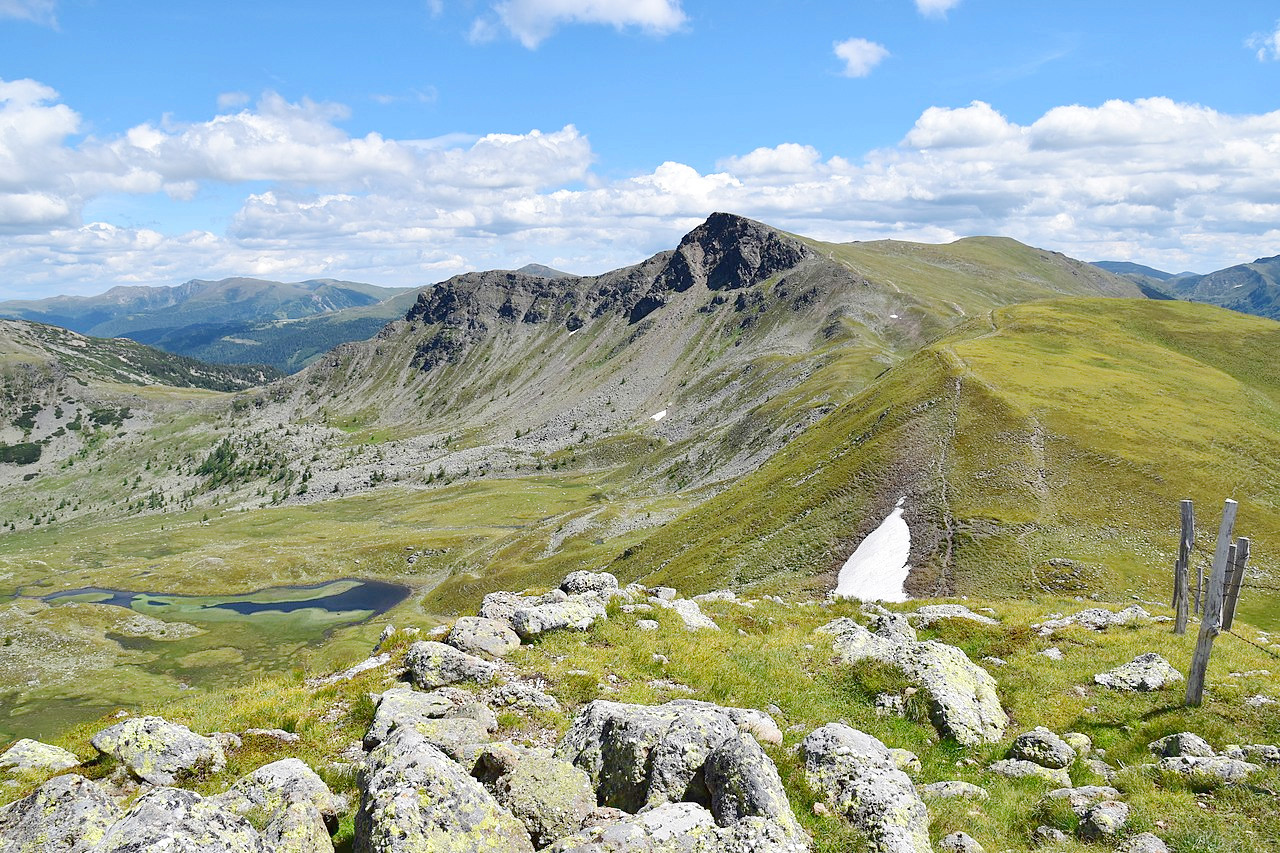 Königstuhl, Gurktaler Alps
Königstuhl, Gurktaler Alps
The official websites
Austria

Arrive and Revive
| Location: | Central Europe, north of Italy and Slovenia |
| Coordinates: | 47° 20′ N, 13° 20′ E |
| Size: | • 290 km N-S; 570 km E-W • 180 miles N-S; 350 miles E-W |
| Terrain: | Mostly mountains (Alps) in the west and south; mostly flat or gently sloping along the eastern and northern margins |
| Climate: | Temperate; continental, cloudy; cold winters with frequent rain and some snow in lowlands and snow in mountains; moderate summers with occasional showers |
| Highest point: | Grossglockner 3,798 m / 12461 ft |
| Forest: | 47.2% (2016 est.) |
| Population: | 8,859,449 (July 2020 est.) |
| Population density: | Medium (106/km²) |
| Capital: | Vienna |
| Languages: | German (official nationwide) 88.6%, Other: Croatian and Hungarian, official in Burgenland; Slovene, official in southern Carinthia |
| Human Development Index: | Very high (0.922) |
| Currency: | Euro |
